Category

Popular Products
-
 Human Skeleton
KSh 4,500.00 – KSh 14,300.00
Human Skeleton
KSh 4,500.00 – KSh 14,300.00
-
 Electrical 24L Autoclave India
Electrical 24L Autoclave India
KSh 32,000.00Original price was: KSh 32,000.00.KSh 27,000.00Current price is: KSh 27,000.00. -
 Delivery Bed
Delivery Bed
KSh 40,000.00Original price was: KSh 40,000.00.KSh 39,950.00Current price is: KSh 39,950.00. -
 Dissecting Set
Dissecting Set
KSh 2,000.00Original price was: KSh 2,000.00.KSh 1,800.00Current price is: KSh 1,800.00. -
 Orbital Shaker
Orbital Shaker
KSh 12,000.00Original price was: KSh 12,000.00.KSh 10,000.00Current price is: KSh 10,000.00.
Latest News
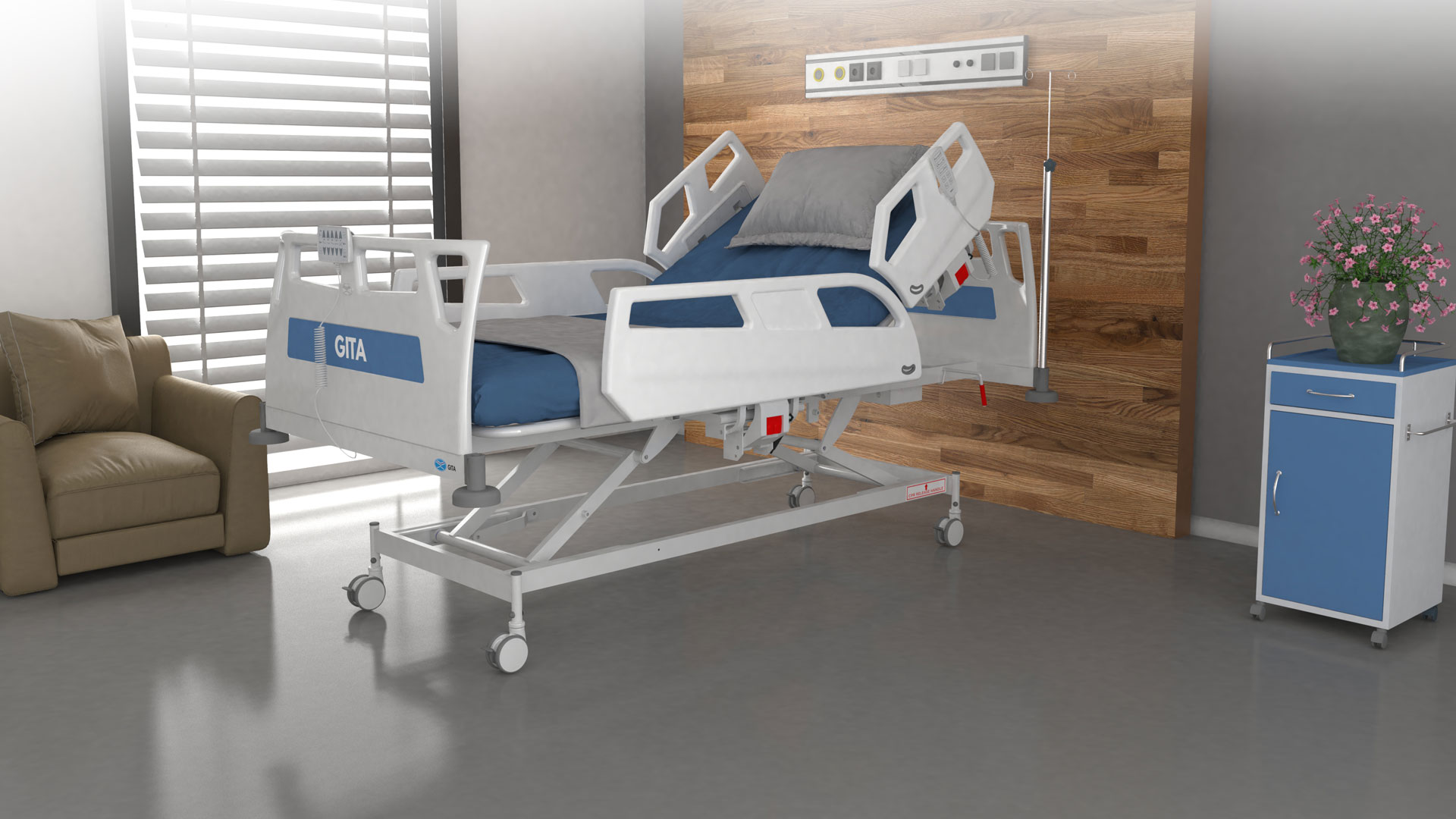
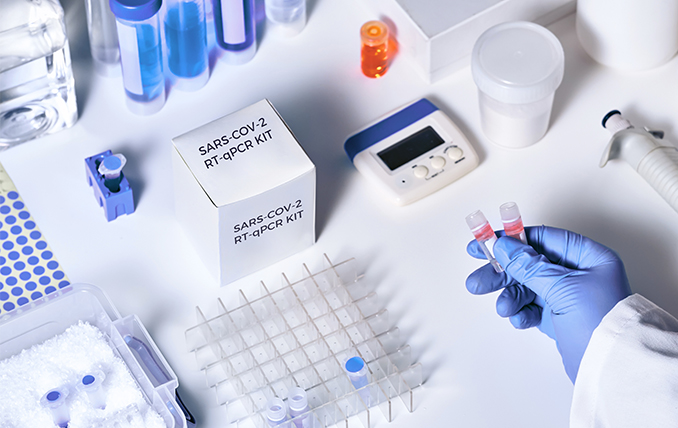

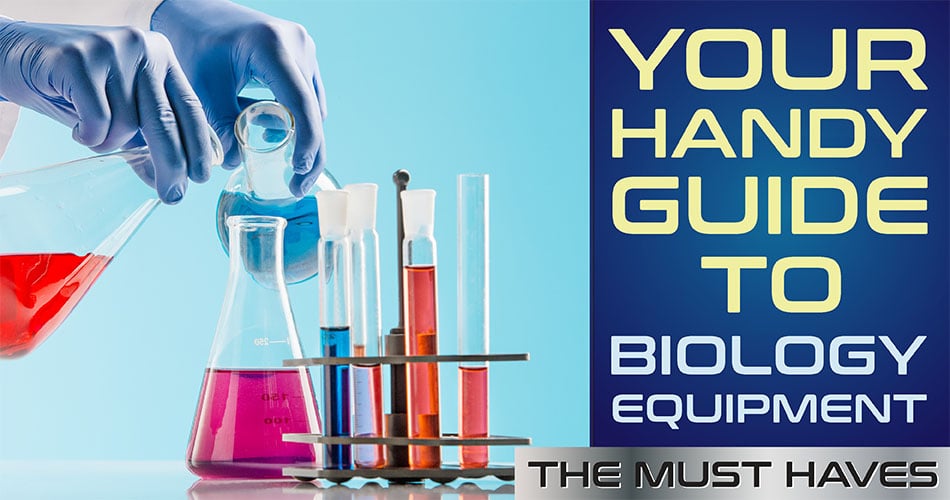
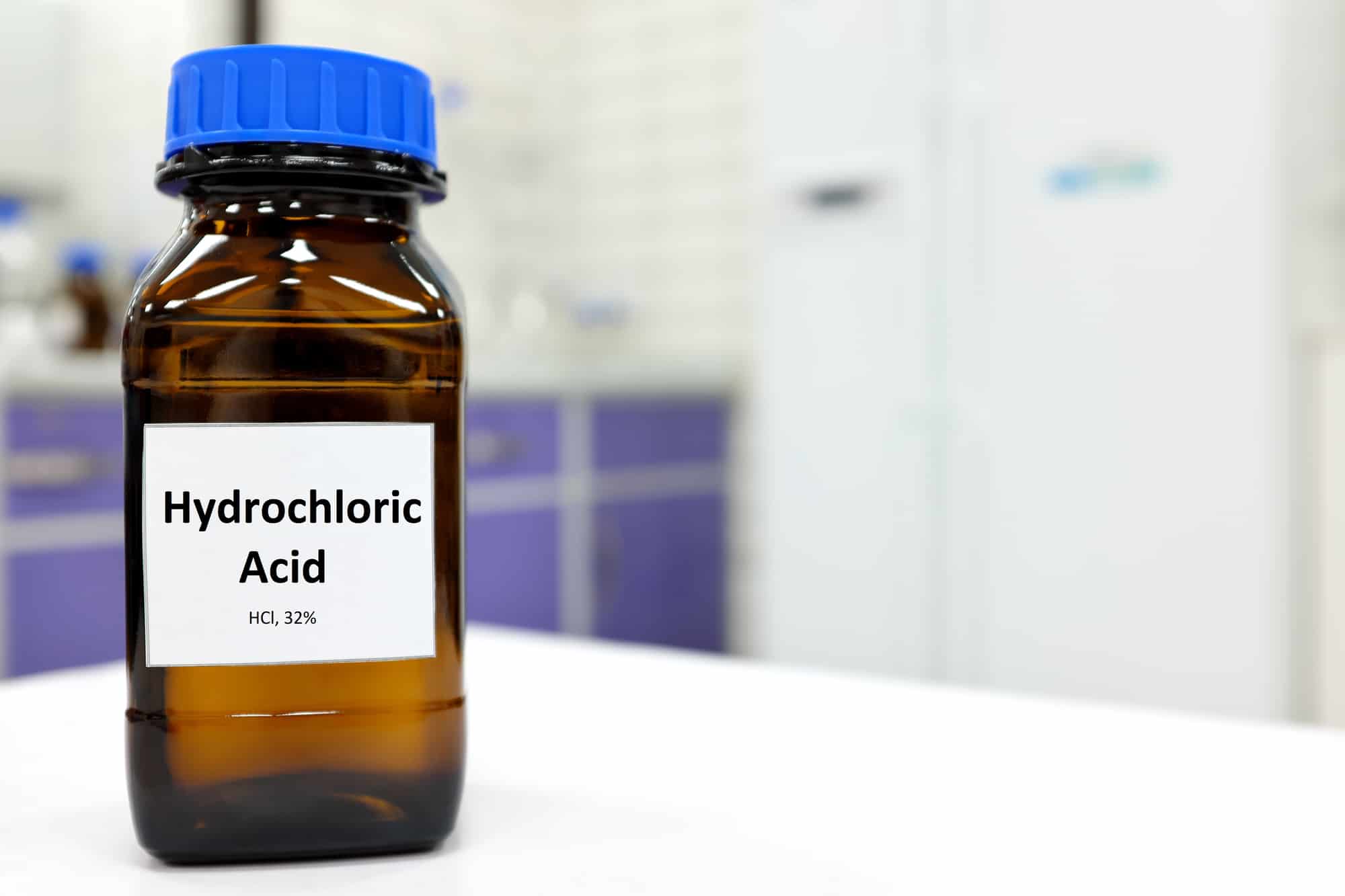

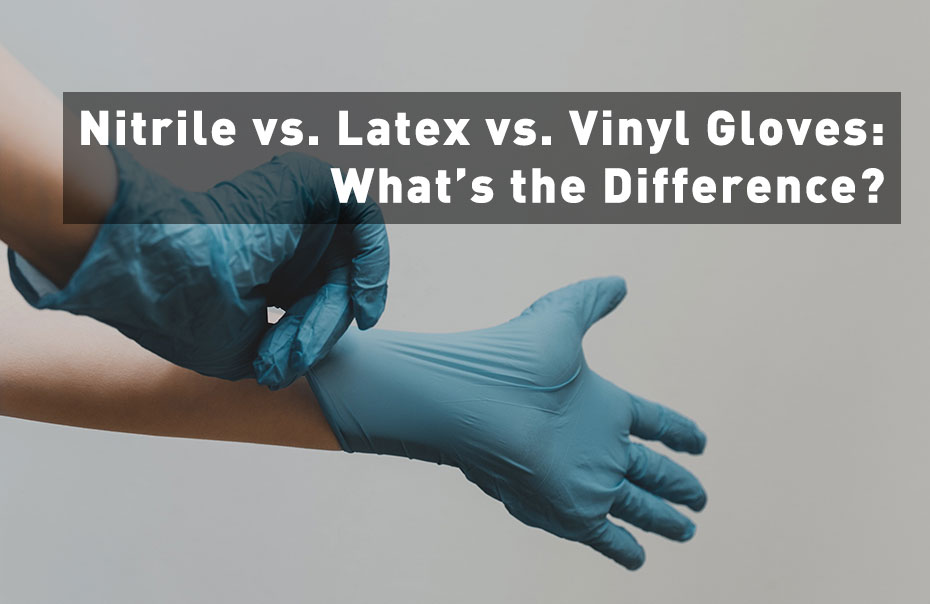
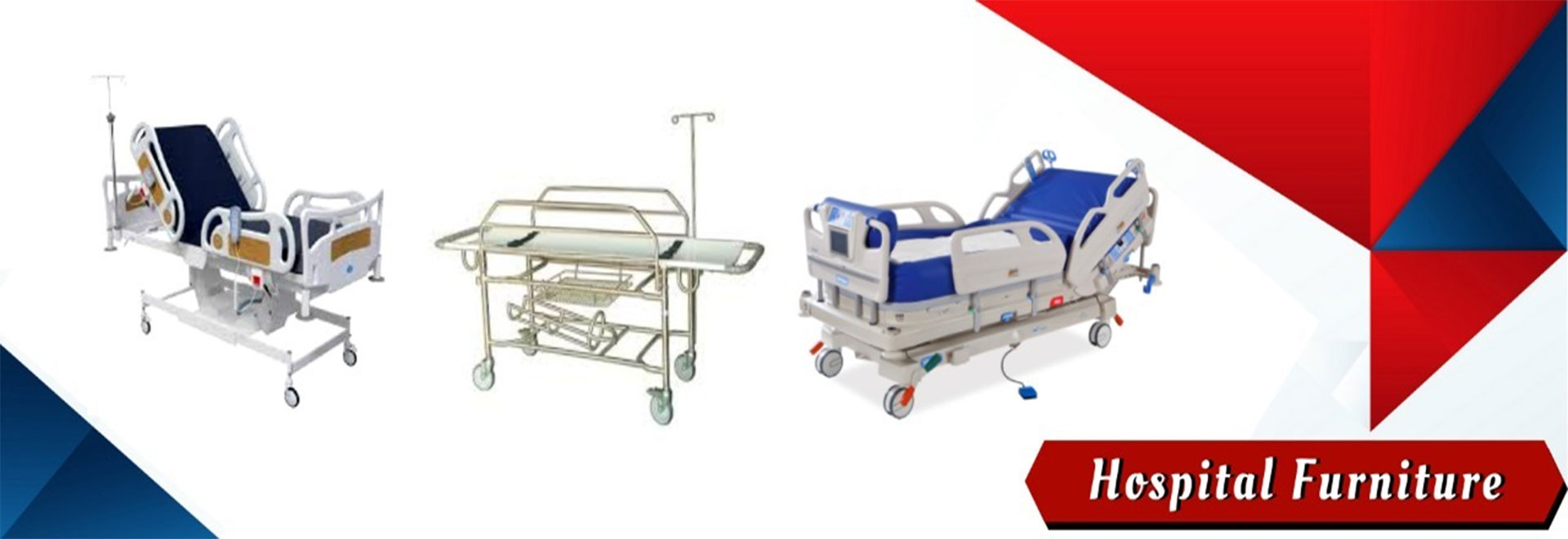

On Sale Products
-
 CBR swell Tripod
CBR swell Tripod
KSh 35,000.00Original price was: KSh 35,000.00.KSh 32,000.00Current price is: KSh 32,000.00. -
 Sodium Alginate Extrapure 250g
Sodium Alginate Extrapure 250g
KSh 19,500.00Original price was: KSh 19,500.00.KSh 15,950.00Current price is: KSh 15,950.00. -
 FOIF RTS102 Total Station Complete
FOIF RTS102 Total Station Complete
KSh 680,000.00Original price was: KSh 680,000.00.KSh 650,000.00Current price is: KSh 650,000.00. -
 Biospy Needle
Biospy Needle
KSh 3,800.00Original price was: KSh 3,800.00.KSh 3,500.00Current price is: KSh 3,500.00. -
 Biohazard Box 5ltrs
Biohazard Box 5ltrs
KSh 300.00Original price was: KSh 300.00.KSh 250.00Current price is: KSh 250.00.


Glass is commonly used for laboratory equipment not only in Kenya but all over the world. This is because its lifespan is often longer than its plastic counterparts and its physical properties make it perfect for containing chemicals, including acids. To help you decide what type of equipment you should purchase for a laboratory, we have outlined everything there is to know about laboratory glassware.
The Uses of Laboratory Glassware
Glassware is a common item in most laboratories because of its durability, customisability and cost-effective nature. These desirable properties help manufacturers create various laboratory apparatus from glass, including volumetric flasks, test tubes, beakers, pipettes, stirring rods and lab funnels, amongst other items.
The Properties of Glass
The beneficial properties of glass include its transparency, which can be advantageous during experiments where physical changes need to be observed, its ability to be cleaned effectively and its suitability for reagent storage.
Most importantly, the majority of experiments conducted in a laboratory can be held within glass apparatus. This is because the physical components of glass allow it to successfully hold dangerous chemicals – such as alkalis, solvents, saline solutions and acids – that most plastics cannot withstand.
Although very few substances can destroy laboratory glassware, strong alkalis, hydrofluoric acid, phosphoric acid, and high temperatures can damage this equipment.
Types of Laboratory Glassware
There are different types of laboratory glassware to choose from, each with specific properties and suitability for certain experiments. For example, borosilicate glass has ample mechanical stability and thermal shock capabilities and can withstand numerous chemicals and temperatures.
Soda-lime glass, on the other hand, is suitable for short exposure to heat stress and chemicals. Therefore, soda-lime glass products usually include pipettes and culture tubes. Pyrex glass is popular due to its high heat resistance, whereas quartz glass is known for its purity and, therefore, high levels of visibility.
Working with Laboratory Glassware
When using laboratory glassware, precautions need to be taken to ensure it is not damaged or broken.
Placing glass under extreme heat can cause it to melt. Exposing glass to extreme coldness can result in the equipment becoming brittle and smashing, similar to if it was placed under intense pressure.
Consequently, it is imperative to purchase tempered laboratory glass as this type of glassware can withstand these conditions much better. In addition, staff and students should be aware of the properties of laboratory glass to understand what it can endure and what it cannot; having this knowledge can reduce the risk of glassware damage and injuries.
Cleanliness
It is essential to keep laboratory glassware clean to avoid cross-contamination during experiments. A common misconception about laboratory glassware is that it should be cleaned using boiling water; however, it is more effective to wash the glass in cold water to remove protein residue.
Disinfectant solutions can be a successful method to remove any chemicals or biological residue on the glassware, whilst a bristle brush can remove any remaining particles. After following this process, you should use an ultrasonic bath or soak the glassware again, then rinse the equipment in deionised water three times to eliminate any remaining detergent. Finally, drain on a rack and dry in a sterile environment or hot air oven.
Glassware Disposal
Broken glass can pose a risk if it is thoughtlessly placed in a normal rubbish bin. To minimise injury, discard of broken glassware by sweeping up the remnants, placing them in a puncture-proof cardboard box or glassware disposal container and securely sealing with tape. Label the container with a ‘caution’ note and state its contents.
Summary
When purchasing laboratory equipment, considerations towards the material’s properties, its resistance and its limitations are paramount. Laboratory glassware is more resistant to chemicals than most plastics but can struggle under extreme temperatures and pressure. Therefore, evaluate how the laboratory apparatus will be used before investing in equipment to ensure it is suitable for upcoming experiments.
-
Pipette Variable
KSh 4,500.00Add to cartVolume Range: – 0.1-2.5μl; Increment: 0.05μl Adjustable Volume: – Our micro pipette is more accurate volume setting with digit display. Simply rotate the piston button to select the desired volume. AUTOCLAVABLE: The tip core can be disassembled and autoclaved in 121 degree. Easy to Operate:
-
Digital Tachometer
KSh 7,000.00Original price was: KSh 7,000.00.KSh 6,500.00Current price is: KSh 6,500.00.Add to cartThis tachometer is a high quality instrument to measure the Rotational Speed (RPM) with wide measuring range and high resolution. It is featured with high accuracy measurement, quick measuring time and long detecting distance up to 500 mm (20 inch) with Laser.
-
Nebulizer
KSh 16,500.00Add to cartmakes managing your respiratory health easy. It’s simple to use, efficient, ensuring quick and reliable treatment for you and your loved ones.
-
Delivery Bed
KSh 40,000.00Original price was: KSh 40,000.00.KSh 39,950.00Current price is: KSh 39,950.00.Add to cartThe delivery bed that is comfortable, easy to use and ergonomic. Comfortable and ergonomic for the mother, easy to use by doctors and nursing staff. That characterizes the Nascentia delivery bed.
-
Hospital Overbed Table
KSh 13,500.00Add to cartA hospital bed table offers a handy surface for activities for persons who spend a lot of time in bed. Most hospital tables are height adjustable and can be easily moved as they have wheels (castors).
-
BD Vacutainer
KSh 2,000.00Original price was: KSh 2,000.00.KSh 1,600.00Current price is: KSh 1,600.00.Add to cartBD Vacutainer; Heparin Tubes are spray-coated with either lithium heparin or sodium heparin. Samples collected in these tubes are used for plasma determinations in chemistry.
-
Children Wheelchair
KSh 17,500.00Original price was: KSh 17,500.00.KSh 15,000.00Current price is: KSh 15,000.00.Add to cart1. durable steel frame with chromed finish easy to operate design.
2. Ideal for children up to 15 years.
3. Ideal for both indoor and out door activities -
PEDIATRIC ARM SLING
KSh 1,200.00Add to cart- Provides support to the arm in 90 degree flexion
- Presence of broad shoulder pad to reduce pressue on neck and shoulder
- Available in 3 sizes
-
Aneroid Blood Pressure Monitor
KSh 2,000.00Original price was: KSh 2,000.00.KSh 1,500.00Current price is: KSh 1,500.00.Add to cartThe aneroid monitor manually checks your blood pressure. It has a gauge that you read by looking at a pointer on the dial. The cuff goes around your upper arm and you squeeze a rubber bulb to inflate it by hand.
-
AUTOCLAVE (18ltrs)
KSh 22,000.00Original price was: KSh 22,000.00.KSh 20,000.00Current price is: KSh 20,000.00.Add to cartAn autoclave is a machine that provides a physical method of sterilization by killing bacteria, viruses, and even spores present in the material put inside of the vessel using steam under pressure.
-
Infra Red Thermometer
KSh 3,000.00Add to cartThe infrared thermometer is ideal for taking temperatures that should be tested from a distance. They provide accurate temperatures without ever having to touch the object you’re measuring.
-
Pulse Oximeter
KSh 3,000.00Original price was: KSh 3,000.00.KSh 2,500.00Current price is: KSh 2,500.00.Add to cartPulse oximetry is a noninvasive method for monitoring a person’s oxygen saturation (SO2). Though its reading of peripheral oxygen saturation (SpO2) is not always identical to the more desirable reading of arterial oxygen saturation (SaO2) from arterial blood gas analysis, the two are correlated well enough that the safe, convenient, noninvasive, inexpensive pulse oximetry method is valuable for measuring oxygen saturation in clinical use.
Related
Written by labsoko

Testimonials

Mount Everest Clinics
We have been purchasing products from labsoko for the past few months, and we can attest that they supply quality products with very professional approach.

Dr. Stela
Thank you labsoko, you are God sent, it has become easy for us to order our hospital's equipment's and get delivered on time. Asanteni!!!

St Michaels High Scool
All our lab equipments have been restocked from labsoko.com website. We were recommended by a lab technician to you and all we can say is that YOU DELIVER. Keep it up guys
Latest Products
-
 Smart2Pure™ UV/UF 12 ltrs Water Purification System
KSh 2,500,000.00
Smart2Pure™ UV/UF 12 ltrs Water Purification System
KSh 2,500,000.00
-
 VeritiPro™ Thermal Cycler, 96 well
KSh 1,695,000.00
VeritiPro™ Thermal Cycler, 96 well
KSh 1,695,000.00
-
 Kolida KTS-491R10LC Digital Total Station
KSh 1,350,000.00
Kolida KTS-491R10LC Digital Total Station
KSh 1,350,000.00
-
 Ohaus MB120 Moisture Meter
KSh 995,000.00
Ohaus MB120 Moisture Meter
KSh 995,000.00
-
 Leica Sprinter 250 Digital Level
KSh 698,500.00
Leica Sprinter 250 Digital Level
KSh 698,500.00
-
 Kolida K1 PRO Receiver
KSh 675,000.00
Kolida K1 PRO Receiver
KSh 675,000.00
-
 Kolida KTS-442UT Total Station Set
KSh 675,000.00
Kolida KTS-442UT Total Station Set
KSh 675,000.00
-
 FOIF RTS102 Total Station Complete
FOIF RTS102 Total Station Complete
KSh 680,000.00Original price was: KSh 680,000.00.KSh 650,000.00Current price is: KSh 650,000.00. -
 Leica- Sprinter 150 Digital Level
KSh 560,000.00
Leica- Sprinter 150 Digital Level
KSh 560,000.00
-
 DP 20 Portable Ultrasound Machine
DP 20 Portable Ultrasound Machine
KSh 550,000.00Original price was: KSh 550,000.00.KSh 510,000.00Current price is: KSh 510,000.00.
Recent Articles
- Success Story Of A New Clinic After Purchasing All Hospital Equipment’s Online
- Hospital Furniture In Kenya
- Hospital Diagnostic Kits In Kenya
- Hospital Equipment’s In Kenya
- Understanding & Starting an ovulation test kit business in Kenya
- Teacher’s Guide to Lab Supplies Needed for Biology in Kenya
- Understanding Hydrochloric Acid And Where To Buy In Kenya
- An Overview of Nitric Acid and Its Uses in Kenya
- What’s the difference between Nitrile, Vinyl And Latex Gloves?
- Hospital Furniture’s In Kenya; Buying Tips



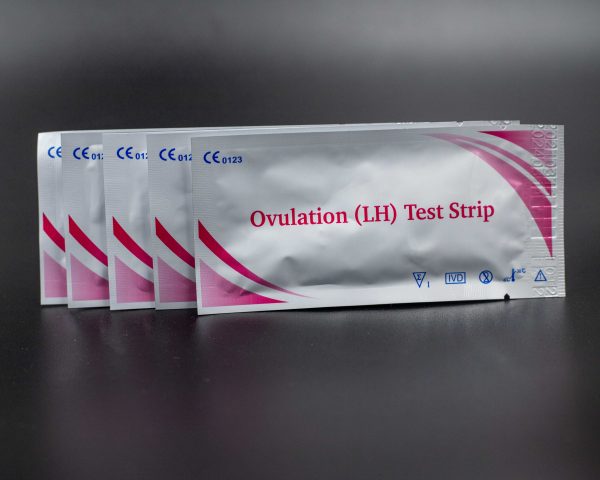











Leave a Reply